How to Tell a Story With Photos (Storytelling Photography)
Have you ever wondered how some pictures just grab and pull you into a story?
They make you feel like you’re part of the scene. That’s the magic of storytelling in photography, and guess what? You can do it too!
I’ve been a photographer for years, and let me tell you, there’s nothing quite like the thrill of capturing a story in a single frame.
It’s not just about taking a pretty picture.
It’s about snapping a story that speaks to the soul. Whether it’s the laughter in a family reunion or the silent struggle in a candid street shot, every photo has a story.
Imagine your photos telling a story so vivid your viewers feel the emotions, hear the sounds, and get lost in that moment in time. That’s not just good photography. That’s storytelling at its finest.
And you know what?
It’s not as complicated as it sounds. With a few simple techniques, you can turn your photos into fascinating narratives that leave a lasting impact on viewers.
And I’m going to walk you through the steps of crafting a story with your camera, from understanding your subjects to choosing the perfect moment.
Key Takeaways
- Storytelling photography transforms images into narrative experiences.
- Crafting a story through a photo involves deliberate choices of elements in the frame.
- The photographer’s aim is to evoke emotions and invite viewer engagement with the visual story.
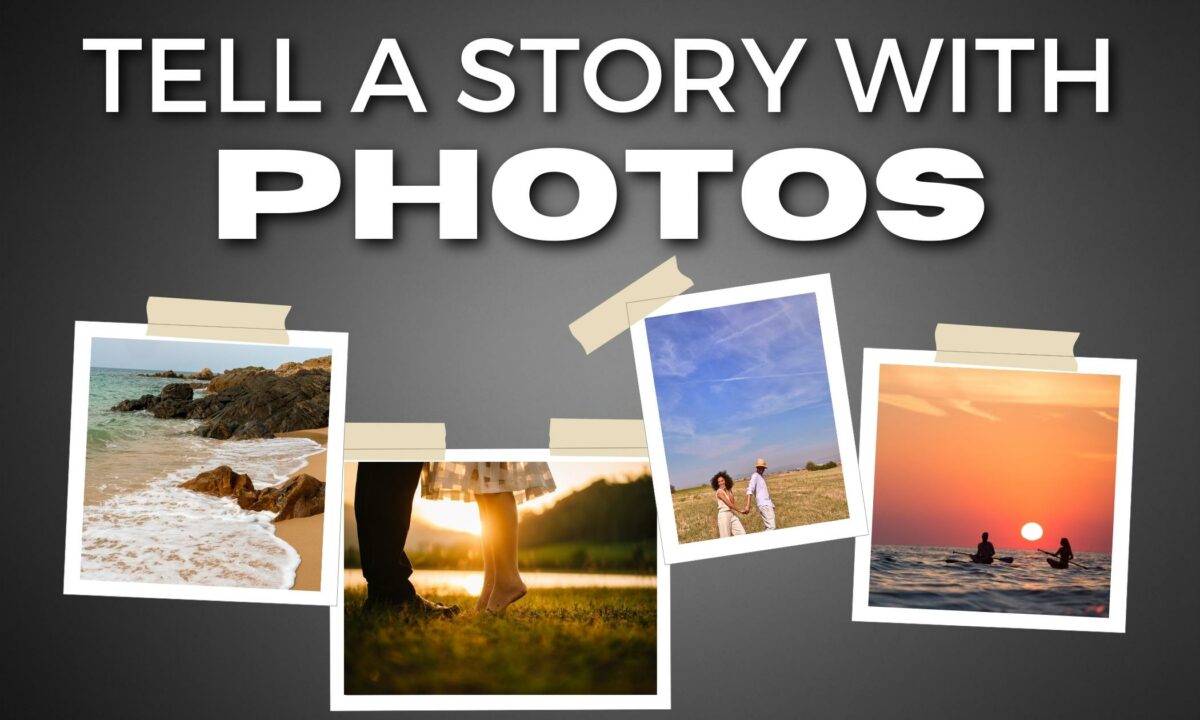
21 Tips for Storytelling Through Photography
1. Understand the Story from All Angles
To create a visual narrative that resonates, you need to understand your subject inside out. Approach the story from different perspectives to find the most telling angle. Your photos should invite viewers to see the world through your lens, revealing a truth about the subject.
2. Choose Between Single or Multiple Shots
Decide whether a single image or a sequence of images better suits your story. A single shot can be powerful, but a series may provide a more comprehensive understanding of the theme.
3. Include Small Details
Small details can have a big emotional impact. They often reveal more about the subject and theme and can add layers to your narrative.
4. Be Patient
Great stories often unfold over time. Wait for those telling moments and your patience will be rewarded with depth and authenticity.
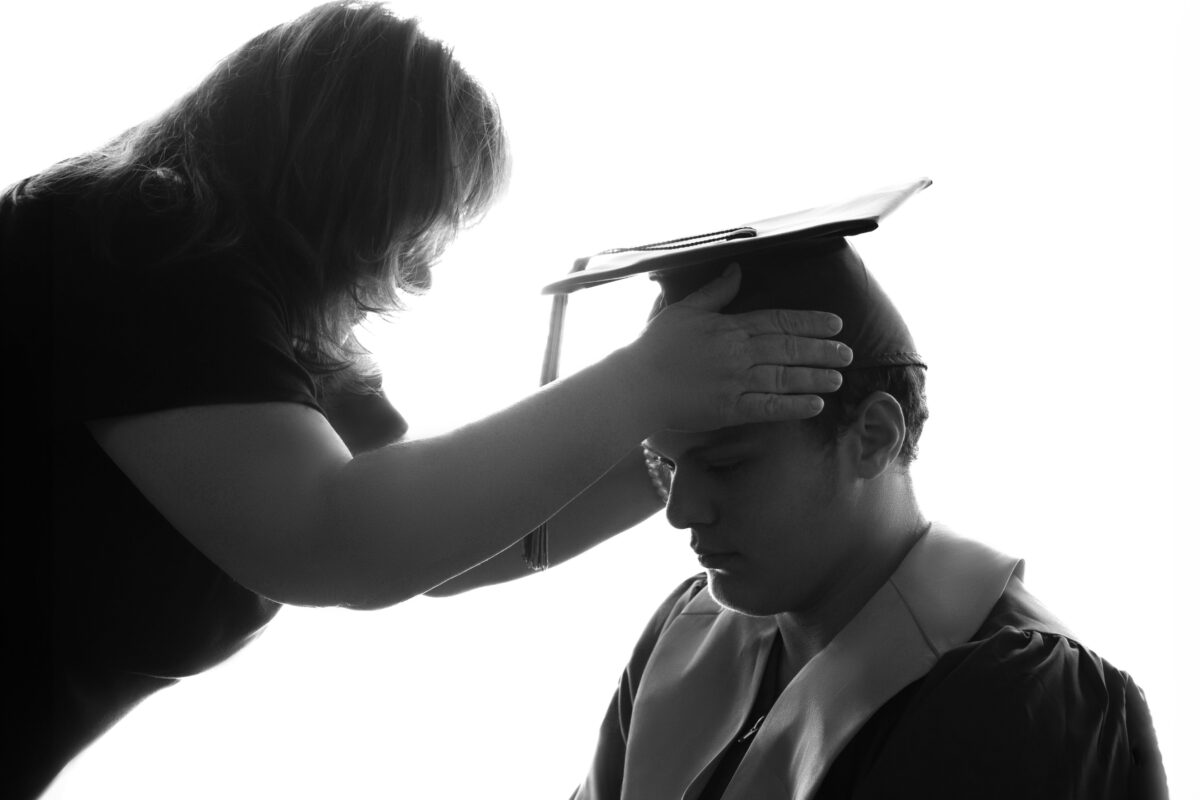
5. Aim for Variety in a Series of Shots
Variety keeps a series interesting. Mix up your shots with lighting and shadow, different perspectives and depth, or a balance between candid and posed. This diversity will paint a fuller picture of your story.
6. Universal Themes
Universal themes are typically used by authors, but I’ve found them to be useful in every situation where storytelling is necessary. Universal themes are themes that are relatable to a wide range of people because the theme is a common experience among different groups of people. Here’s a list of common universal themes:
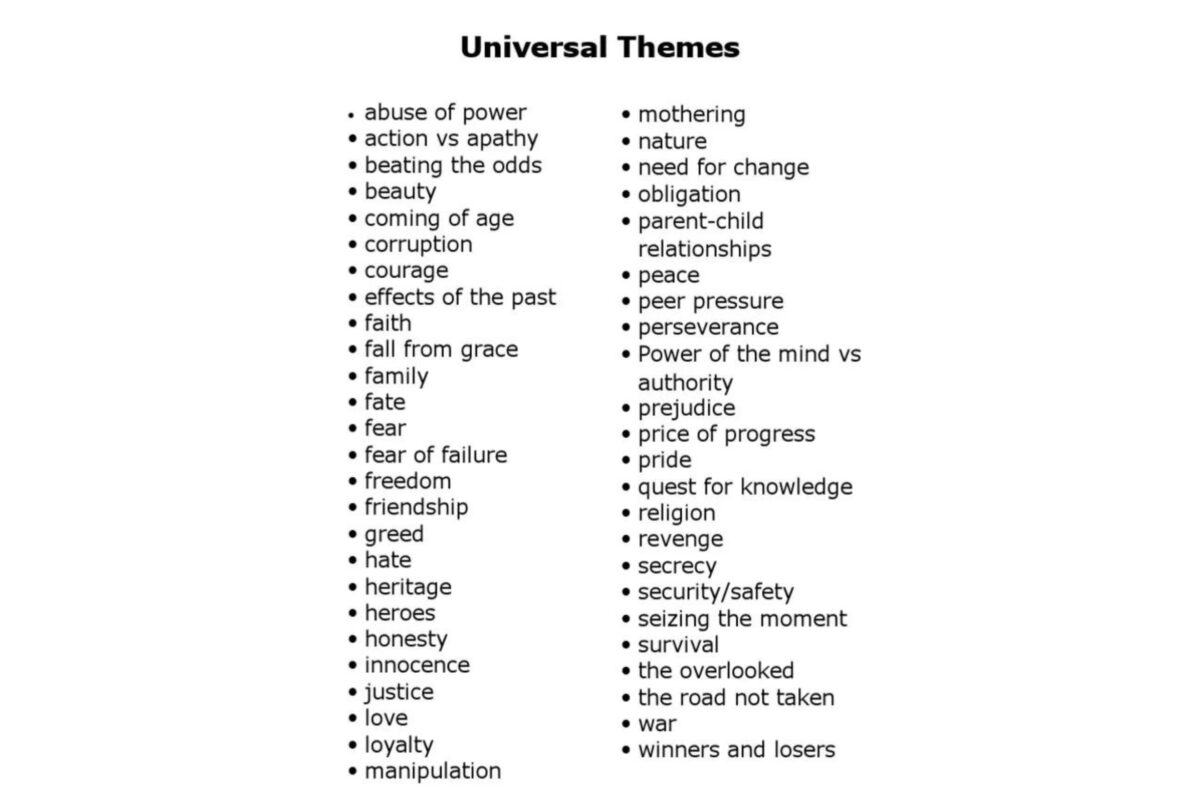
I encourage you to do some research on more universal themes because there are a lot more out there than what’s on this list. If you ever need inspiration for telling a story with your photography, this is a great place to start.
7. Plan Ahead with a Shot List
A planned storyboard in photography can guide your shooting process. List the shots you need to tell your story effectively but be open to unexpected moments that may arise.
8. Start Without a Plan When Necessary
Sometimes, the best stories unfold organically. Start shooting without a plan and let the story guide your lens. It’s often in these unscripted moments that magic happens.
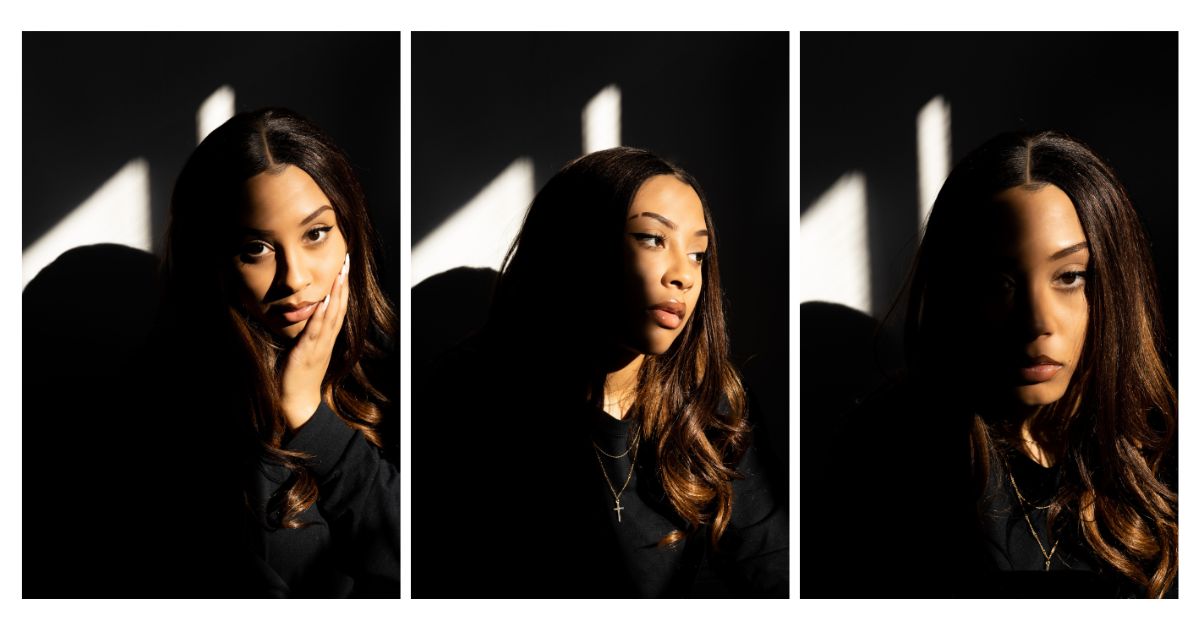
9. Learn to Narrow Down, Trim, and Exclude
Not every shot will serve your story. Be ruthless in your selection process. If it doesn’t add to the narrative, it’s out. This process of elimination will strengthen your visual message.
10. Show Emotions
Emotion is the heart of storytelling. Your photos should evoke feelings in your audience, be it joy, sorrow, or excitement—allowing them to connect with the images on a deeper level.
11. Show Human Interaction
Interactions reveal a lot about characters and relationships. Capture these honest exchanges to add dimension to your photographic narrative.
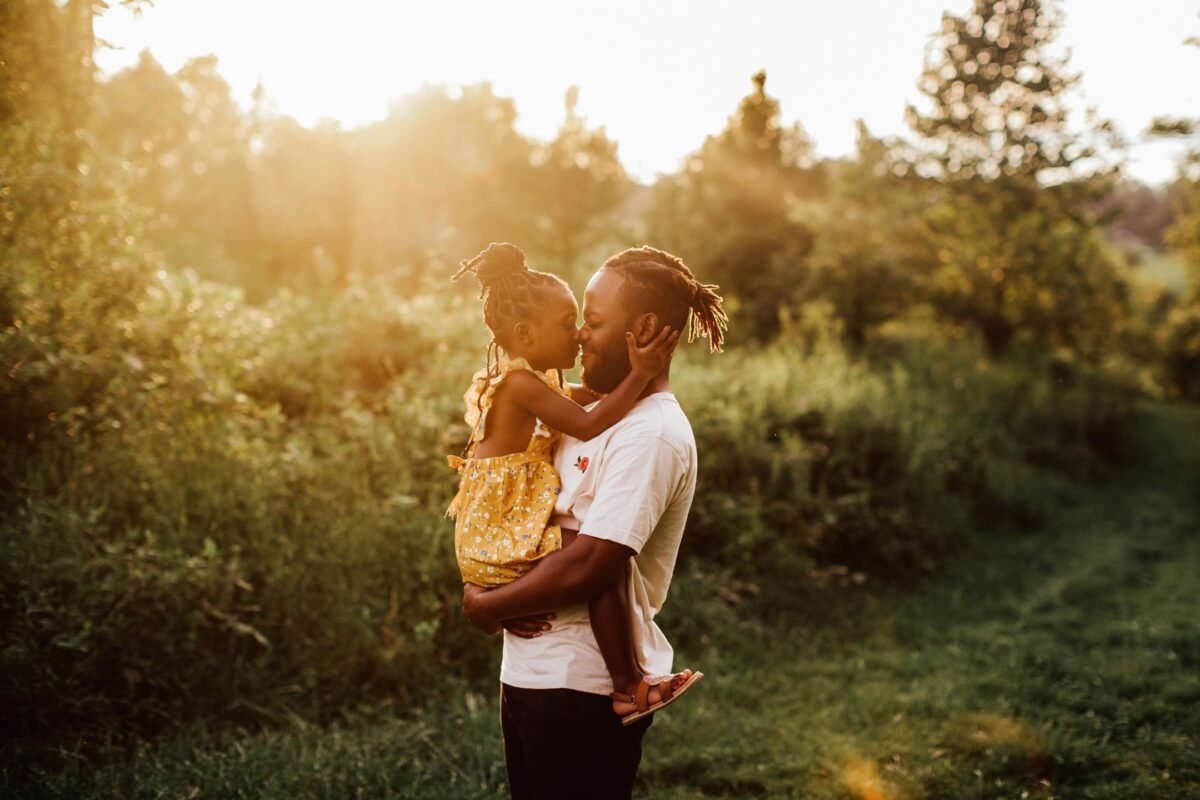
12. Don’t Forget About the Basics
Even as you focus on storytelling, never overlook the fundamental principles of photography that make your images stand out.
13. Use Narrative Structure
Structure your photos like a story, with a clear beginning, middle, and end. This will help you create a sequence that audiences can follow easily.
14. Do Some Editing, But Not Too Much
Refine your photos to bring out their best, yet strive to keep the storytelling authentic and real. Because over-editing can overshadow the natural beauty and truth of what you’ve captured.

15. Change Perspective
Shoot from different angles and heights. Each vantage point tells a different part of your story.
16. Consider the Bigger Picture
What’s happening outside the frame can affect what’s inside it. Be mindful of this while you compose and capture, ensuring your shots reflect the broader context.
17. Try Different Types of Photography
Exploring various photography genres expands your creative toolkit. It allows you to tell richer, more diverse stories through your images.
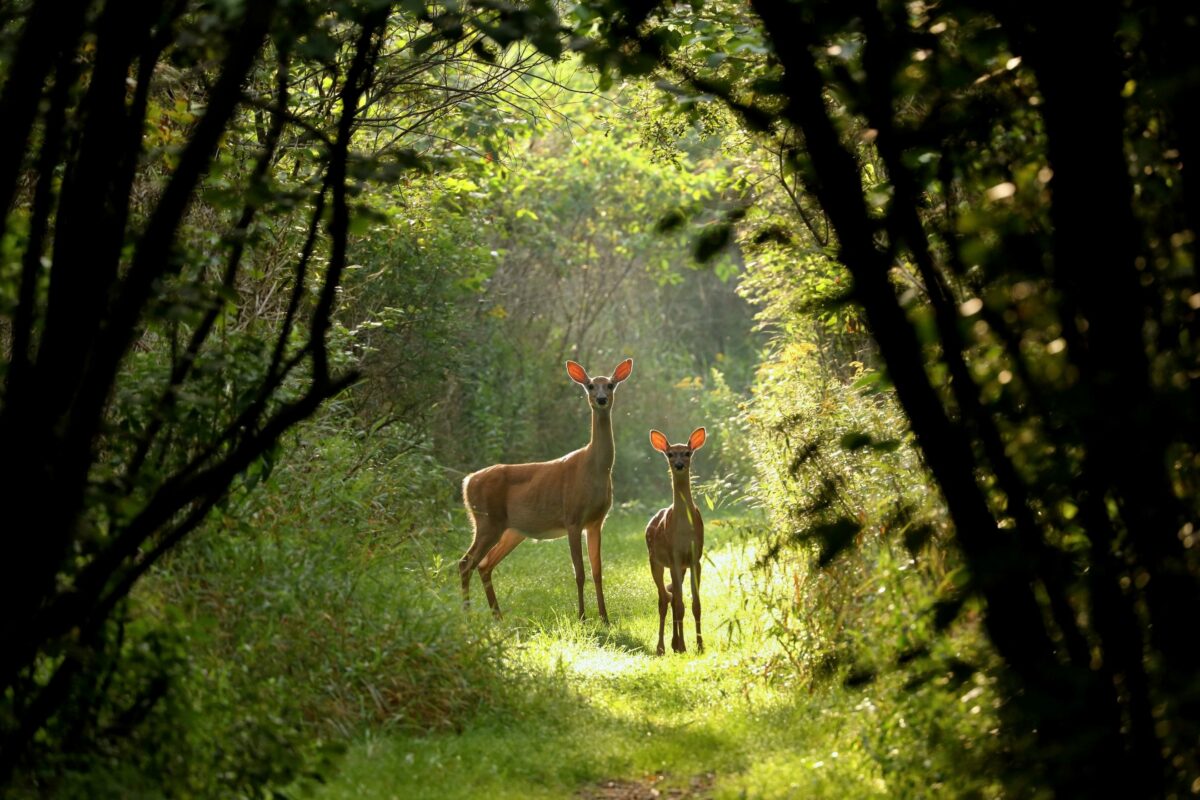
18. Find Inspiration in Literature
Let the structure from stories, novels, and plays inspire your photographic sequence or composition.
19. Having a Plan Does Help
While impromptu shots can be remarkable, a plan ensures you don’t miss key elements of your story. Balance spontaneity with a structured shot list to cover all your bases.
20. Use Color Theory
Colors can set moods and emphasize subjects. Use them thoughtfully to enhance your storytelling. For example, exploit colors to influence how your audience feels about a scene or character.
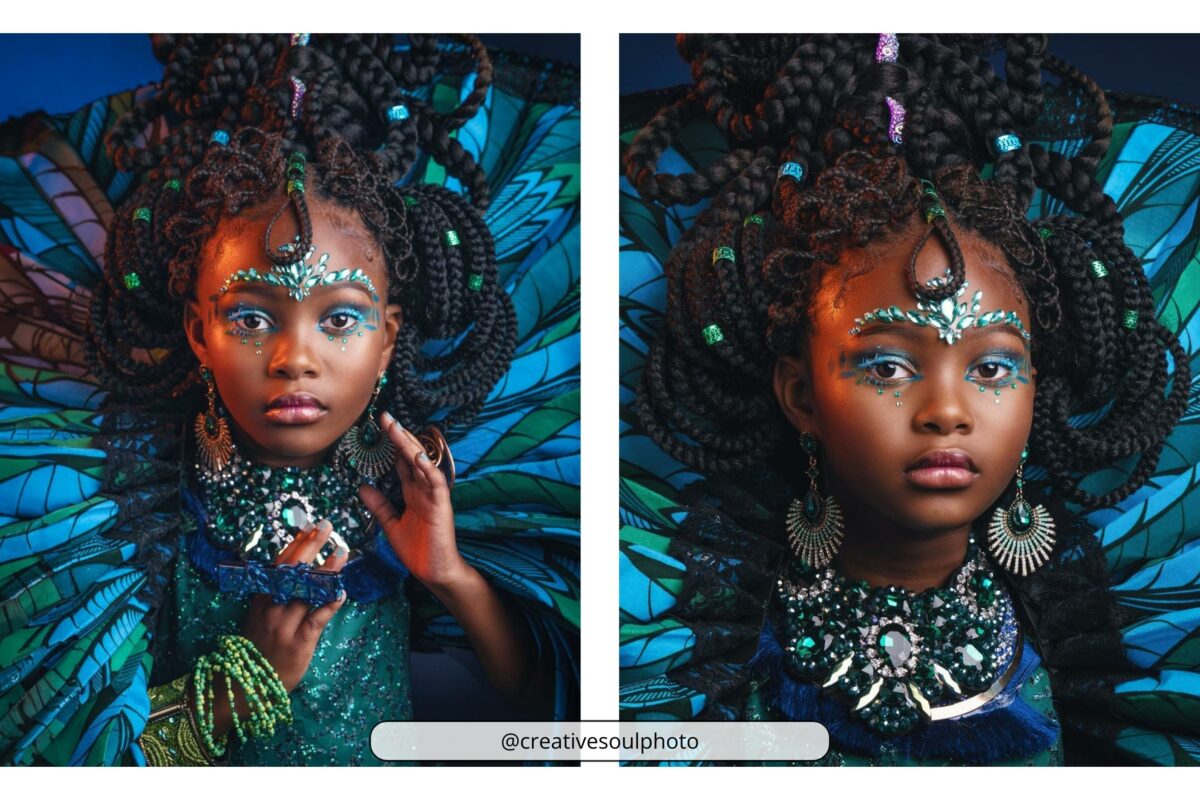
21. Get to Know Your Subject
The more you understand your subject, the better you can represent it. Invest time in learning about your focus to reflect its authenticity in your photographs. Your dedication will show in the depth and detail of your visual story.
The Nature of Storytelling Photography
Now, let’s look at how photographers use their lenses to capture emotions, moments, and narratives, turning ordinary scenes into unforgettable images.
Understanding Visual Narratives
In photography, the visuals are your language. You tell stories through your images.
Images that weave threads and pull viewers into what you’ve photographed. And your choice of framing, what you include and exclude, guides the viewer’s eye and shapes the story you’re telling.
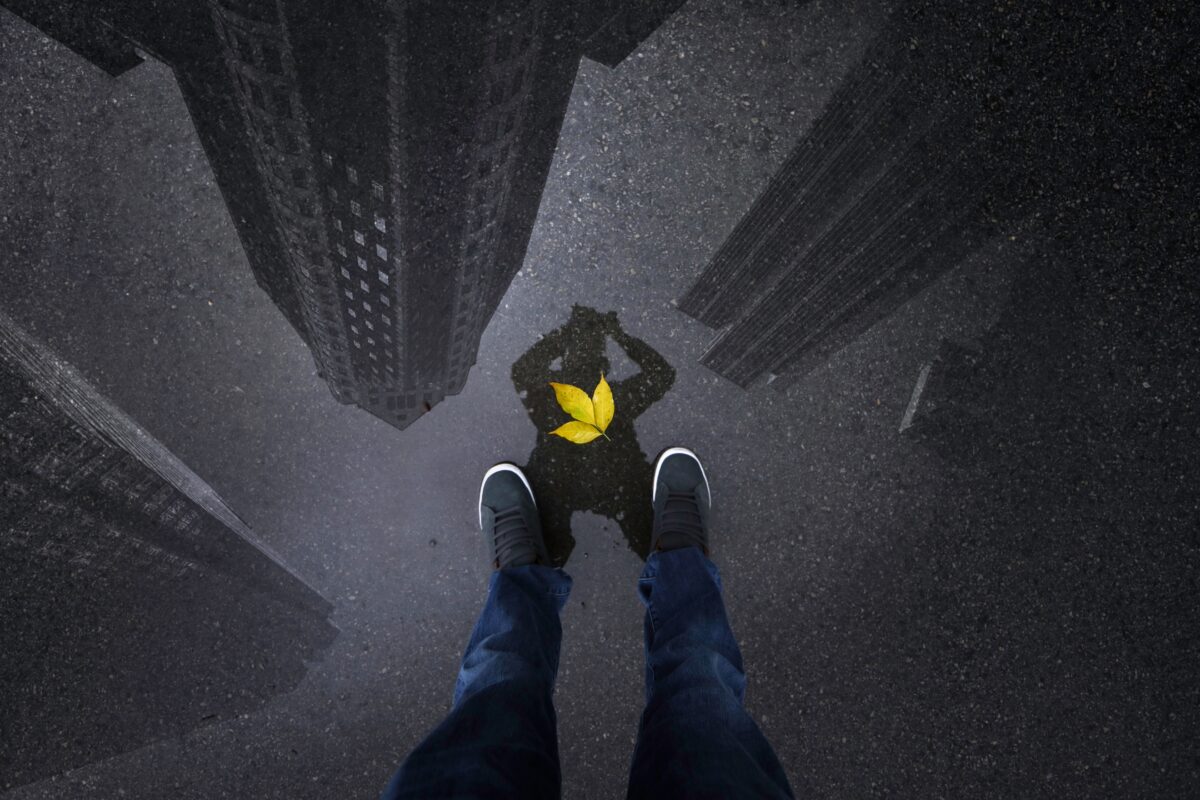
Elements of Storytelling
The elements of storytelling in photography encompass:
- Character: The subject who may evoke empathy or curiosity.
- Setting: The backdrop against which the story unfolds can be a powerful mood setter.
- Plot: The sequence of events or actions captured within your frame.
- Conflict: The struggle or tension that propels the plot forward, adding depth to your narrative.
- Theme: The underlying message or insight your photo communicates.
The Role of a Photographer as a Storyteller
As a photographer, you’re not just taking pictures. You’re a visual author crafting narratives.
What you choose to reveal and what you decide to conceal matters in your photos.
And with your camera, you can manipulate composition and draw the viewer’s attention to the unfolding visual story.
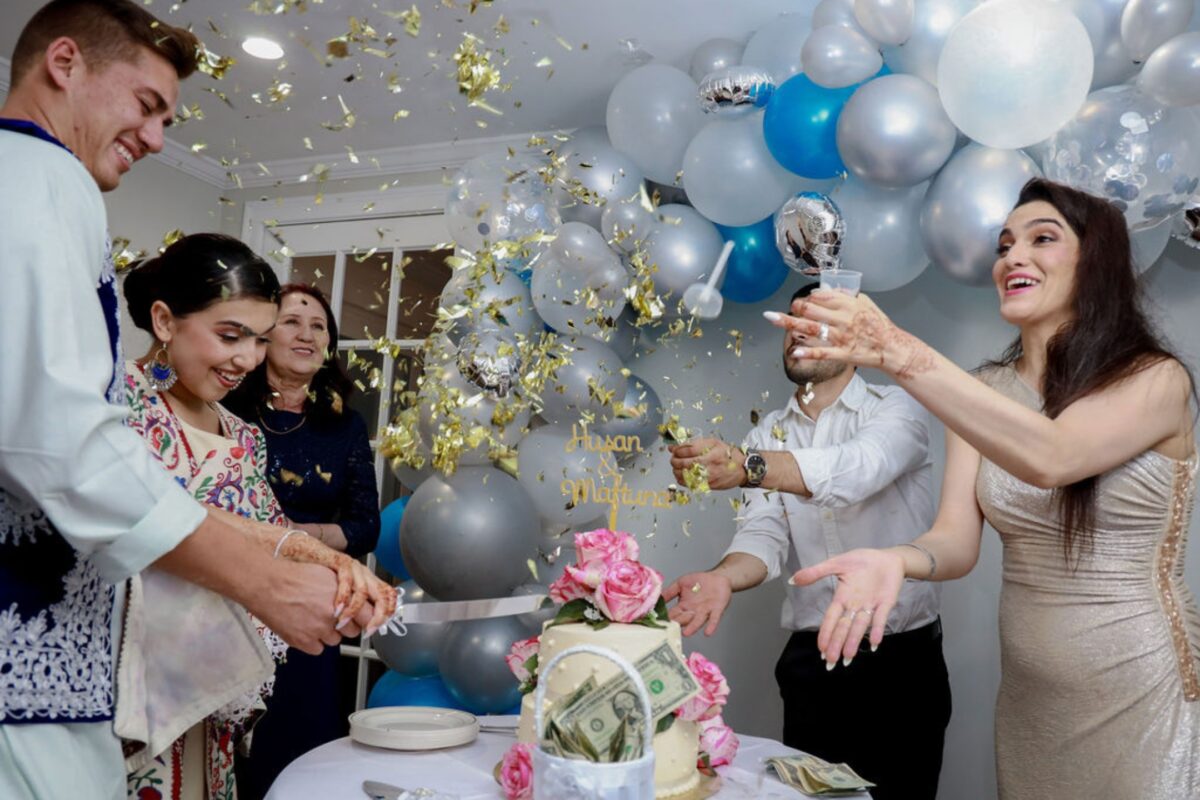
The Importance of Composition and Structure
Good composition and structure are needed for effective storytelling. They’re the framework upon which your story is built.
Also, mastery of composition rules, such as the rule of thirds, framing, and leading lines, helps in creating a balanced, impactful photograph.
Also, coming up with a storyboard in photography helps plot out the sequence of images—the beginning, the tension, and the climax without ever needing words.
These techniques are heavily used to emphasize a story, from character to conflict.
Crafting the Narrative
Now, let’s look at how light, color, environment, and subject portrayal in your photographs add to the story you’re telling with photos.
Using Light and Shadow
Light and shadow are the main elements of your visual storytelling palette.
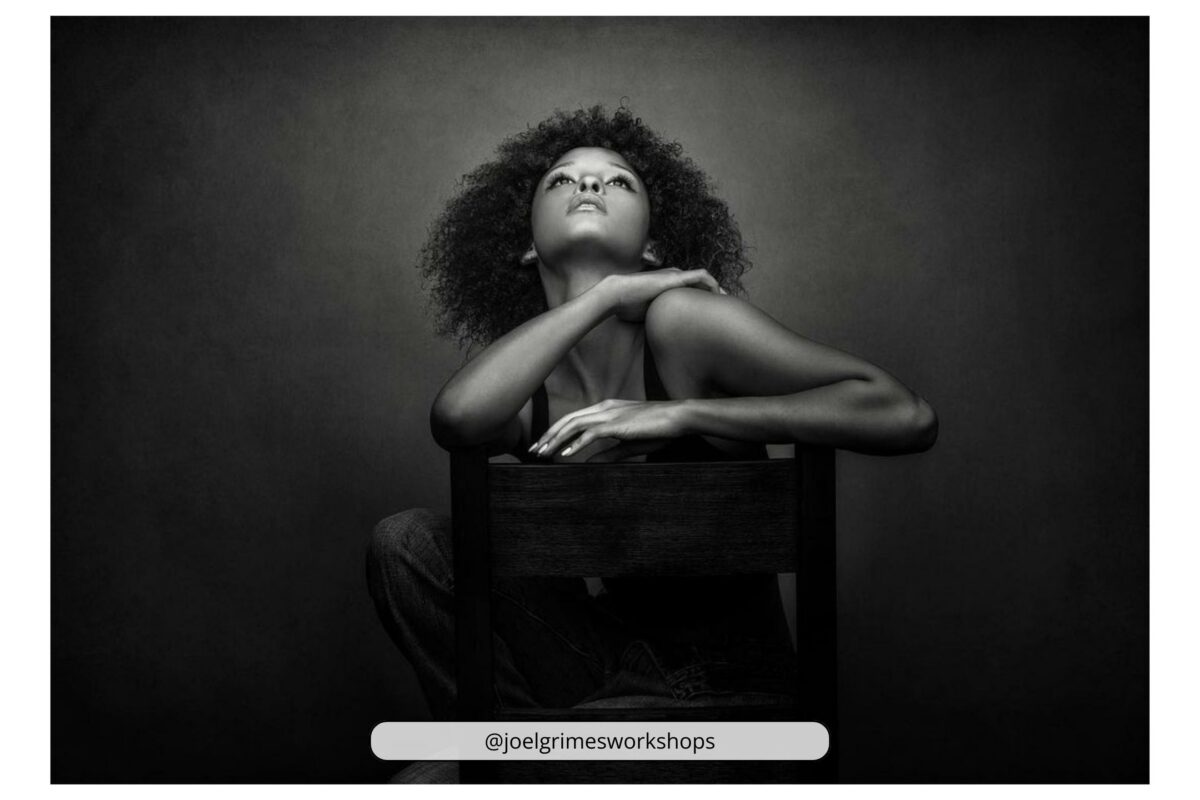
Light enhances texture and depth, guiding the viewer’s eye to your subject. Shadows add a sense of mystery and drama, often contributing to the emotional weight of the photograph.
- Directional Lighting: Creates hard shadows and can indicate the time of day, adding context to your story.
- Soft Lighting: Often used in portraits to evoke tranquility and tender emotions.
The Role of Color and Mood
Colors speak a silent language that stirs emotions in your story.
Understanding color theory helps create a mood that resonates with the viewer. Here’s how different colors can influence the mood:
- Warm Colors: Reds and yellows evoke warmth, passion, or sometimes, tension.
- Cool Colors: Blues and greens tend to suggest calmness or detachment.
Think about the emotional impact different colors have and use this understanding to reinforce your story’s theme. You might want to capture the golden warmth of a sunrise to emphasize a new beginning or use the cool blues of twilight to convey introspection.
The saturation and vibrance level of colors in your photos can also either mute emotions for a subtle narrative or amplify them for a more intense response.
Combining Context and Environment
The setting is the stage on which your story unfolds.
It provides the necessary backdrop that frames your subject, giving them a place within a wider world. Pay attention to:
- Background and Foreground: Use them to layer your story and add depth.
- Environmental Elements: Ensure every part complements the story, from the weather to the architecture.
You could be shooting in a busy city or the quiet countryside. Both surroundings tell your viewer a lot about the subject and the theme of your story. Each gives off a different vibe.
Developing Characters and Subjects
Your subjects, whether people or objects, are the protagonists of your photograph.
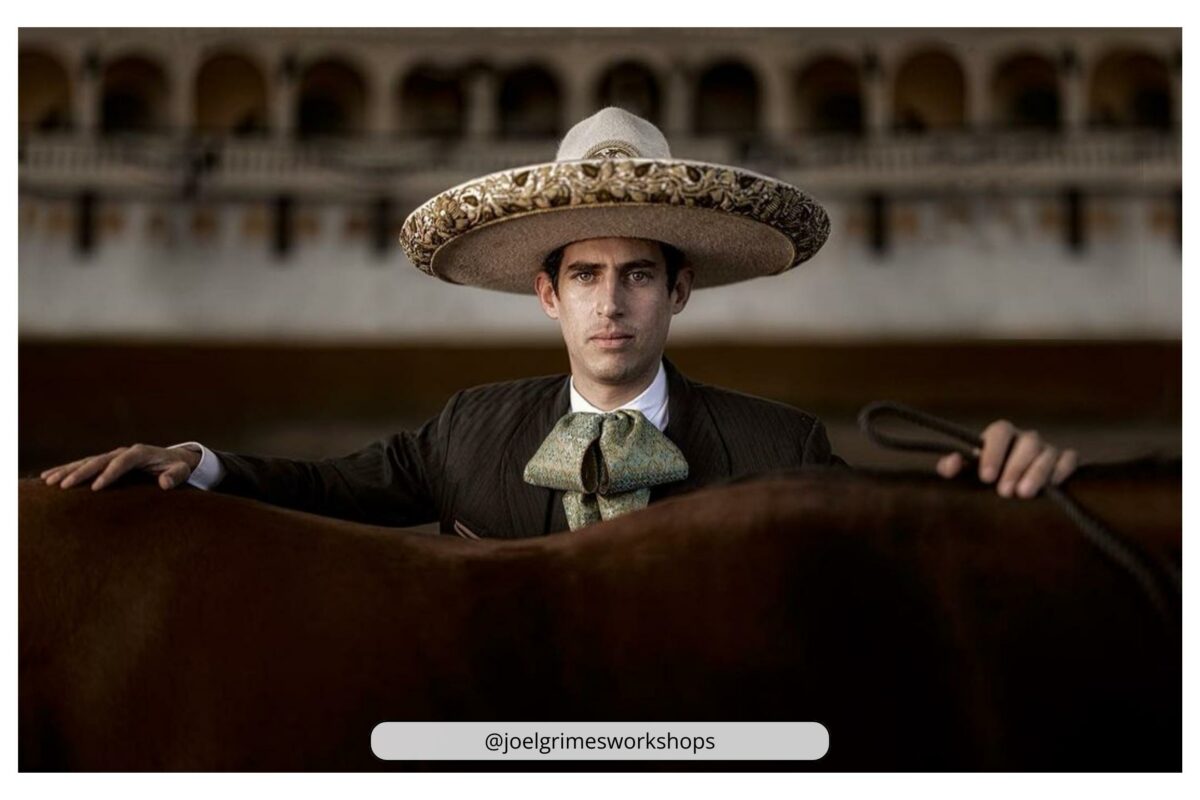
Portraits capture a person’s essence, and their body language can narrate a powerful story without words.
- Facial Expressions: Convey a wide range of emotions from joy to sorrow.
- Posture and Gesture: Use these to show action, interaction, or emotional states.
Note: Your subject doesn’t always need to be centered or in full view. Partial views or silhouettes can sometimes tell an even more compelling story by leaving room for imagination.
Technical Aspects in Storytelling Photography
To effectively tell a story through your photographs, the technical aspects and your technique matter as well.
From camera settings to post-processing, these elements work together to convey narrative depth in your images.
Camera Settings for Narratives
Understanding your camera’s settings is a must for storytelling.
Consider the aperture for controlling the depth of field. A wider aperture (smaller f-number) blurs the background, bringing focus to your subject and adding a layer to your story.
Adjusting the shutter speed can capture motion blur, which may imply movement within a static image.
And the ISO setting impacts your photograph’s brightness and graininess, with higher ISOs useful in low light but at the risk of increased noise.
- Aperture: f/1.4 – f/2 for shallow depth, f/8 – f/16 for broader depth
- Shutter Speed: 1/500s for freezing action, 1/15s for slight blur
- ISO: 100-400 for daylight, 800+ for dusk/dawn or indoor
Lenses and Focus
Different lenses provide different ways to tell your story.
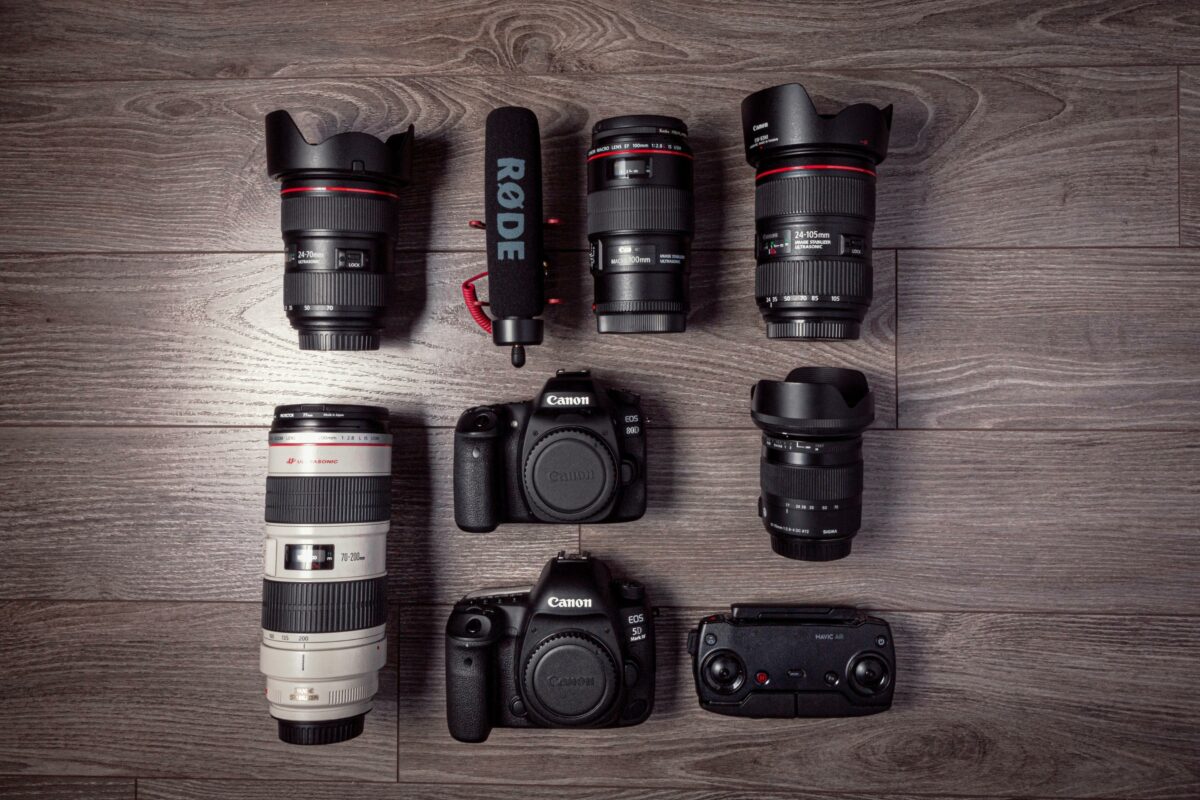
A telephoto lens can compress and isolate subjects, making them stand out against a blurred background.
Versus, a wide-angle lens that can capture expansive scenes, setting a broader context for your narrative.
So your focus should be intentional. Sharp where you want to draw attention and softer elsewhere to maintain interest without distraction.
- Telephoto Lens: 70-200mm for subject isolation
- Wide-angle Lens: 24-35mm for scene context
- Focus: Use single-point autofocus for precision
Post-Processing Techniques
Once you’ve taken the photograph, post-processing allows you to refine your story.

Photo editing software can enhance colors, adjust contrast, and manipulate the light to better reflect the atmosphere of your scene.
And techniques like dodging and burning can highlight or shadow areas, guiding the viewer’s eye to your story’s focal points.
- Contrast: Adjust to make your subject stand out
- Colors: Enhance to suit the mood of your narrative
Also, consider black and white conversion – stripped of color, your images can hinge entirely on composition and contrast, pushing viewers to engage more deeply with the narrative texture.
Motion and Time Representation
You can portray motion and the passage of time through specific camera techniques.
A long exposure captures the blur of moving elements, such as flowing water or bustling crowds, conveying a sense of ongoing action.
Just be mindful of weather and light conditions, as they will affect your long exposure settings and the mood of your photograph.
- Long Exposure: Use a tripod with exposures of 1s to 30s for fluid motion
- Motion Blur: Slow shutter speed while tracking the subject
Diverse Perspectives in Storytelling Photography
In storytelling photography, your camera does more than take a picture.
It shows a story made up of different views. Everything, from what you choose to photograph to how people react to the photo, adds to the story your picture tells.
So, let’s look at this in more detail.
Exploring Different Types of Photography
You’ve likely seen that storytelling transcends genres.
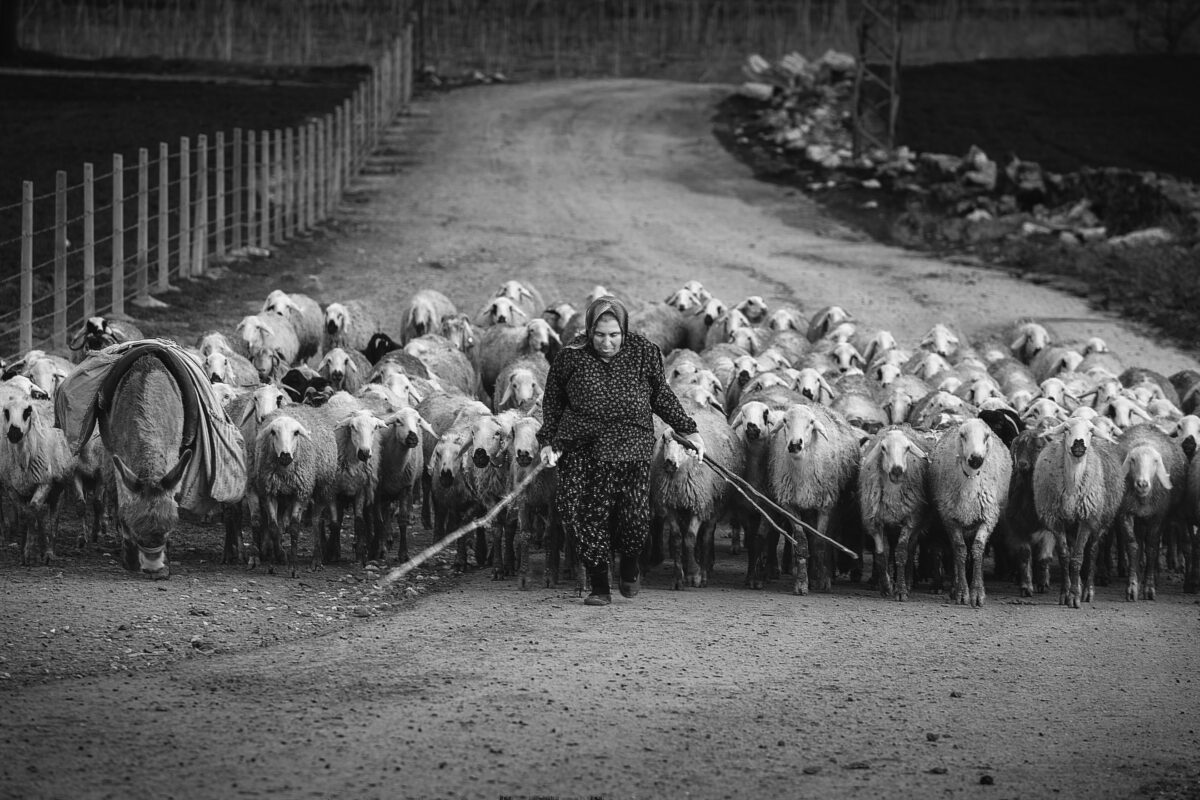
Whether it’s portrait, landscape, or street photography, each type offers a unique avenue for visual narrative development.
In portrait photography, a simple glance may reveal a character’s soul, whereas landscapes can depict an epic tale of nature’s power.
So, don’t get boxed in by one genre. Explore them all to tell richer stories.
Universal Themes in Visual Stories
While stories are personal, they often resonate due to universal themes that transcend specific narratives.
Love, struggle, triumph, and loss are thematic foundations that can anchor your photographs, creating a connection between your subject and the viewer, regardless of background or experience.
The Viewer’s Interpretation and Emotional Response
Finally, the true power of a photograph is often realized in the viewer’s interpretation and emotional response.
Your story might be clear, but each viewer might see things differently, and their perspectives are shaped by their emotions and experiences.
And it’s these personal reflections that complete the circle of storytelling photography.
Frequently Asked Questions
What is storytelling photography?
Storytelling photography is a genre where the image captures and conveys a narrative, often evoking emotion or a sense of place through composition, timing, and technical choices like camera settings.
What are the elements of composition that can make a photo narrative more compelling?
Strong composition relies on elements like leading lines, framing, perspective, and the rule of thirds to guide your viewer’s eye and emphasize the story you wish to convey. Using these elements thoughtfully can add depth and intention to your narrative.
In creating a story through a series of photographs, what should be the starting point?
Begin with a clear concept or emotion you want to communicate. Your first image should set the scene, introducing the narrative and capturing the viewer’s interest, much like the opening sentence of a book.
How can photographers use lighting to enhance the storytelling aspect of their images?
Lighting can set the mood and tone of your story, from dramatic contrasts for suspense to a soft, diffused light for a sense of calm or intimacy. Think of light as a paintbrush, where each stroke can alter the emotional and visual impact of your image.
What techniques can portrait photographers use to tell a story within a single frame?
Portraiture can tell profound stories through the subject’s expression, pose, and environment. Using props, selective focus, and composition techniques can also add layers of context, giving viewers more narrative clues in a single shot.
For storytelling in photography, how important is the sequencing of images?
Sequencing can propel the narrative and control pacing, just as chapters do in a book. The order in which you present your photos should build upon each other, delivering a coherent and captivating story.
Can you provide tips for conveying emotion and narrative in a photograph without using people as subjects?
Focus on the interplay of elements such as light and shadow, the juxtaposition of objects, or the interaction between the environment and a solitary figure or object. Each can symbolize emotions or themes and narrate a story without the presence of people.





